Table of Contents
Selling through email is an activity that is almost as old as the Internet itself. The first marketing email was sent in 1978 via Arpanet: it would generate some 13 million dollars’ worth of sales.
Email marketing is still around 42 years later for good reason: it works, even though many think it’s an obsolete tool.
It might not seem as “cool” as selling products and services or promoting your brand using social media or chatbots, but it’s an incredibly powerful tool that enables businesses of all sizes to drive sales, grow brand awareness or simply communicate in a more intimate manner with prospective customers.
So here’s our complete seven-step guide to email marketing.
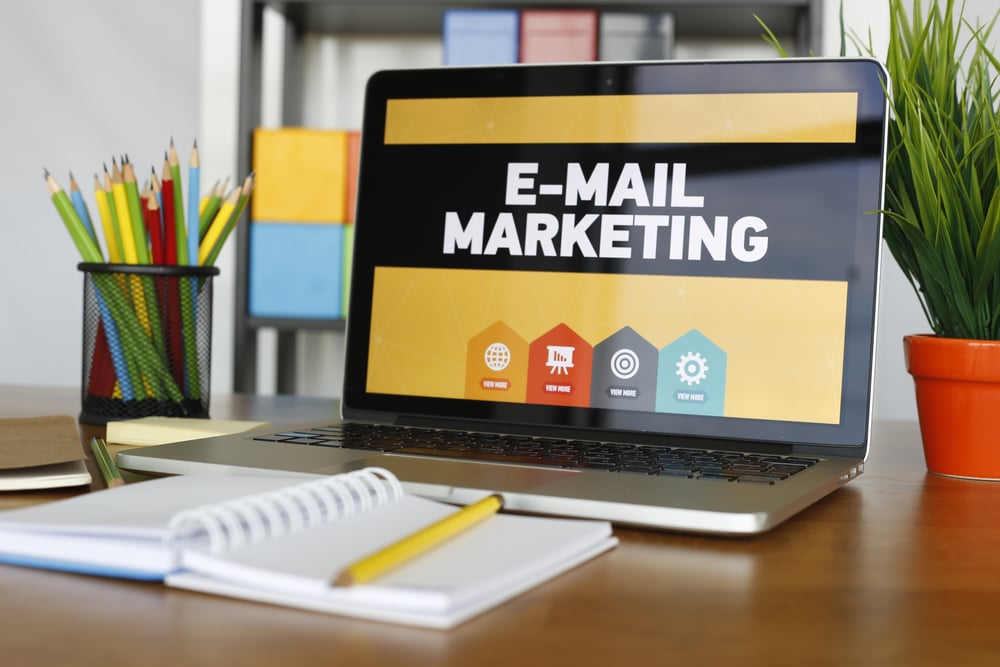
What is email marketing?
Email marketing involves using email to send various types of message to people: emails telling the company’s story, selling products or services directly, or sharing exciting news.
This is where users come into play, that is to say the people who receive the emails. The company needs a so-called mailing list, in other words, a list of contacts to send emails to.
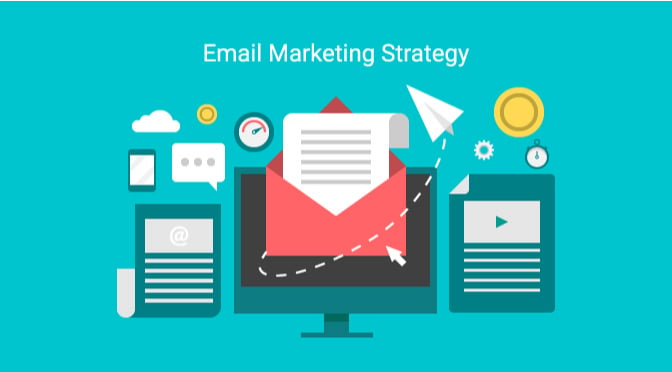
These lists can be developed over time by the company using some targeted strategies that we’ll talk about later, or they can be purchased (legally) from companies specialising in database sales.
Our advice is to avoid buying lists: it’s better to build them organically or by using specific strategies. That way, you only target people who are genuinely interested in your products or services.
Targets of email marketing (but also integrated digital marketing in general), can be divided into three types:
- Contacts: these are contactable people whose email address – and, perhaps, phone number – are known by the company.
- Prospects: a prospect is someone who could be a potential customer, but with whom a direct relationship has yet to be established.
- Lead: a lead is someone who is definitely closer to purchasing a product or service. It’s therefore a potential customer who has already encountered and is interested in a given brand, and who has already provided their details, perhaps to download a free eBook or guide, or to sign up for a webinar or other event.
An effective email marketing campaign succeeds in turning prospects and leads into customers (in such cases we talk about “conversion”) and, in the best cases, loyal customers.
Three different types of email
There are three types of email that a company can send:
- So-called transactional mails
- DEM (direct email marketing) mails
- Newsletters
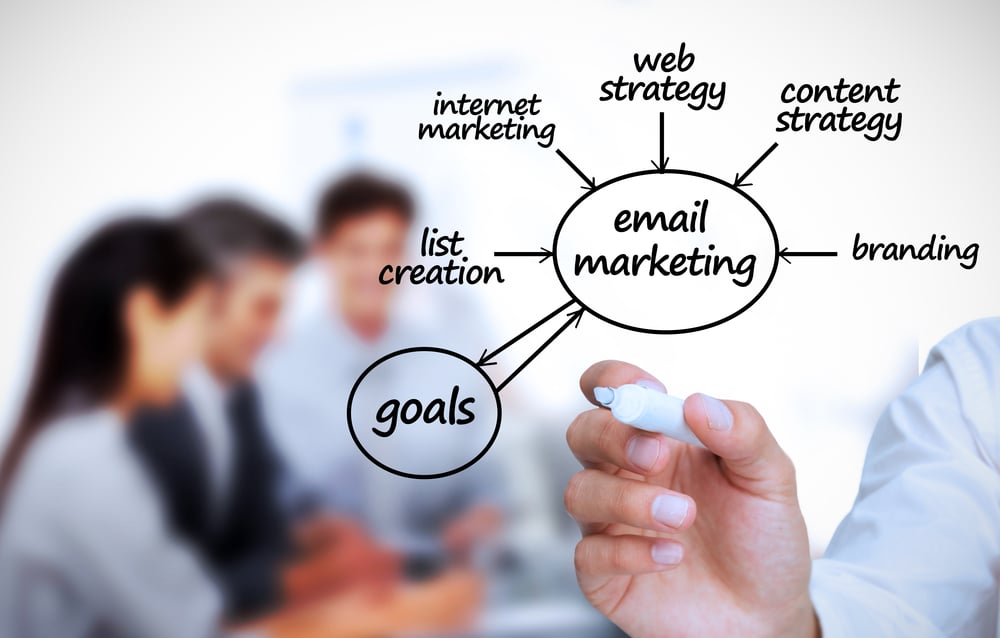
Here’s how they differ:
- Transactional emails: these are messages about any type of transaction that’s taken place, such as welcome messages, payment confirmations or thank you mails. They usually have a high readership rate, which is why many brands include in them up-selling messages (offering a less basic, more expensive product but with more benefits) and cross selling messages (offering an additional product or service).
- DEM mails these are sales emails, which is to say mails used to sell through offers, coupons or discounts. They can also be used as a sort of an electronic flyer, so can be sent to existing customers
- Newsletters: these are more informative emails. They may contain articles or guides on products or services, or perhaps be used as a tool for increasing traffic to the company blog.
Why email marketing is essential for SMEs
Why should SMEs include e-mail marketing in the digital marketing mix?
The reasons are many:
- It’s a long-term strategy: unlike sponsored posts on social media, emails don’t get lost in feeds. They remain in the inbox: furthermore, the firm can build a direct relationship with the potential customer in a one-on-one dialogue.
- It enables segmentation: the business can divide up their list of contacts into precise targets and groups that can be sent more targeted messages that increase the possibility of being read or selling
- It’s measurable: most programs for email marketing provide precise metrics on how many users open the email (open rate), the number of downloads and much more.
How to do email marketing
Once you’ve grasped the basics, you need to have a sound strategy for launching an effective email marketing campaign.
Above all, you need to split the main strategy up into distinct phases.
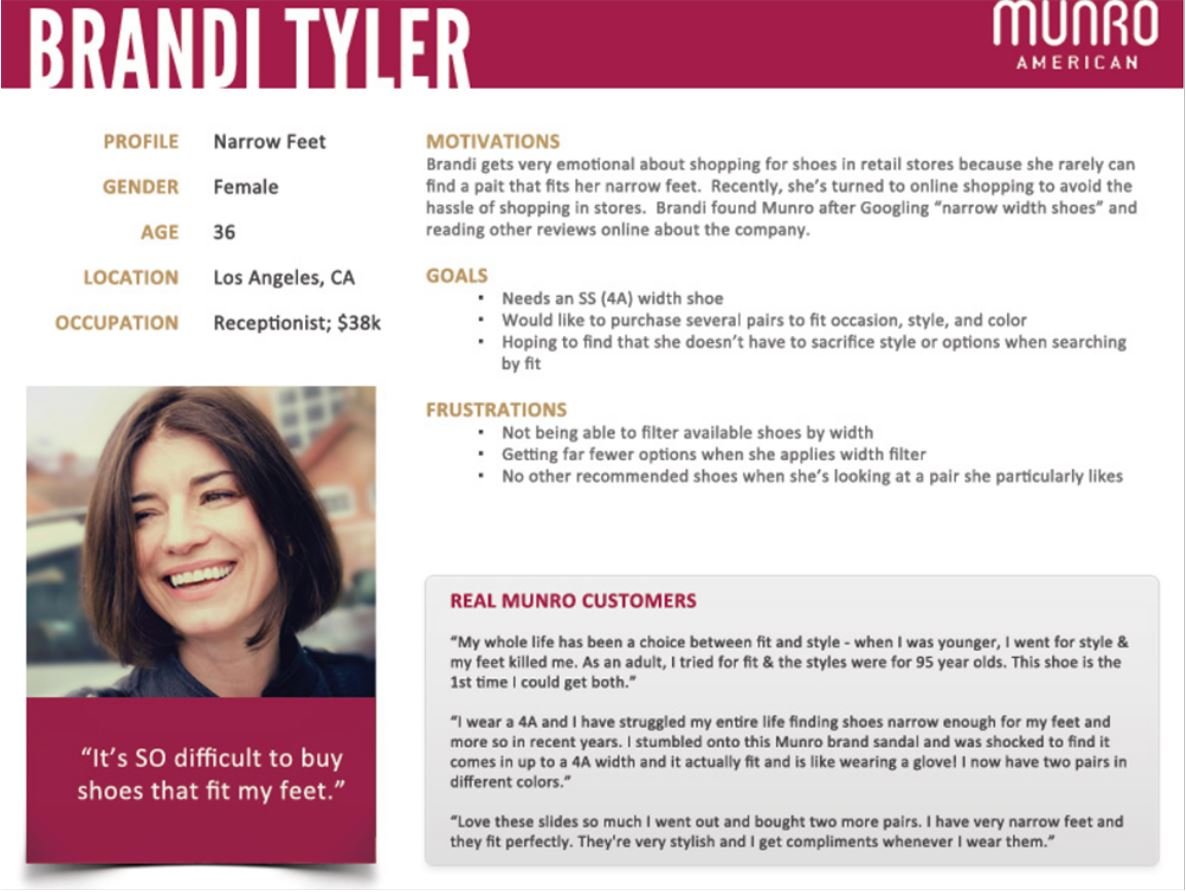
- Understanding the campaign’s objectives: the company must start with the “why”, in other words, the reason they want to launch the email marketing campaign. To drive sales or build brand awareness? This is crucial, because the average person is bombarded with all sorts of emails every day. Given that not everybody is ready to buy something, it’s important to first gain their trust by sending nurturing emails, which we’ll come onto in a minute.
- Defining buyer personas: this is fundamental for understanding who the company’s potential customers are. Buyer personas are “typical” representations of customers, which help to understand what their needs are. You should therefore create a profile for every type of customer with information such as their gender, where they live, their interests and habits. This data can also be gleaned from the information that people provide when they sign up to the company’s mailing list, or from insights taken from the brand’s social media pages. There could be three or four profiles for each type of customer to whom you can send more targeted messages based on their needs.
- Creating a list of prospects and generating leads: an SME obviously needs people to send emails to. There are various techniques for building a mailing list, including some very creative approaches, which we’ll look at in the next paragraph. Don’t worry if, at the start, there aren’t many people on the list; the process can be slow. The most important thing is to treat those who are on the list well, thereby generating organic growth and requiring fewer resources over the long term.
- Using the funnel: in digital marketing, the funnel is a diagram that shows where a specific user is in the journey from first contact with the company to conversion into a customer. The top of the funnel is clearly wider and contains the most users, while moving down the funnel it gets thinner, as does the number of users, in other words, those who are closer to making a What you need to do is understand where each group of potential customers lies in the funnel and position them correctly: in this way, you can easily decide whom to send transactional mails, sales mails and information mails. This way, you optimise the pathway for each group of users to reach the end sale.
How to grow your list and generate leads
Technically, lead generation means the generation of contacts who are interested in purchasing products or services. There are many different techniques for successfully making contact with a prospect, turning them into a lead and getting them to start the purchase journey.
But the most important thing is to acquire quality leads, which is to say people who are really interested in your product or service. In this this phase, there’s no point aiming for quantity.
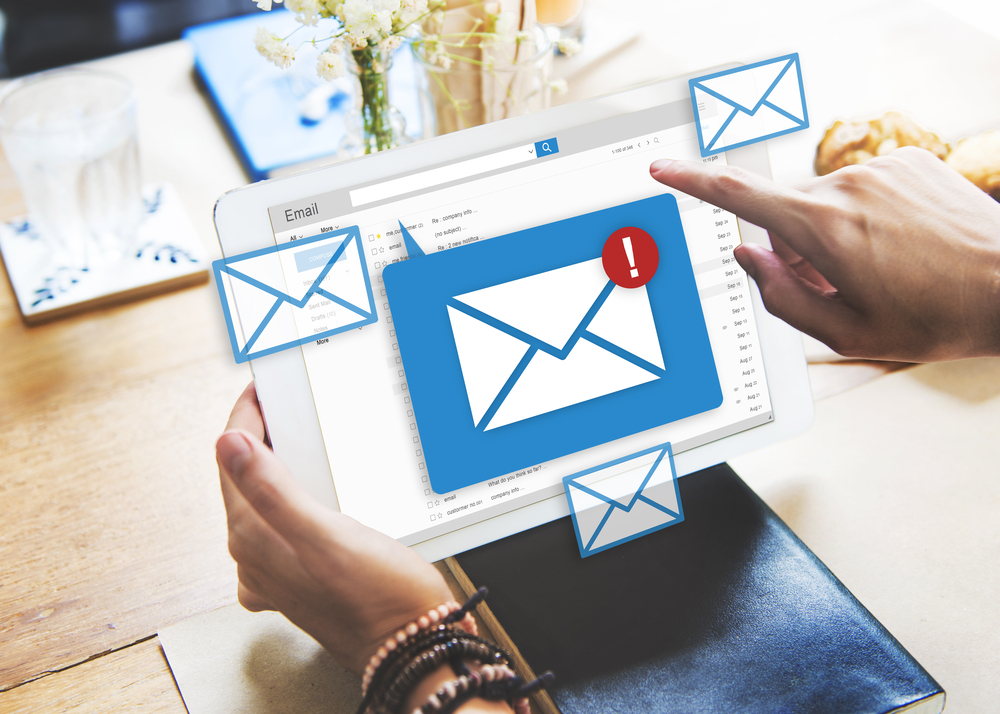
Here are some techniques:
- Creating and using a lead magnet: this is generally free content that “attracts” prospects so that they sign up for a given list. This solution often overcomes people’s reluctance to provide their personal data by offering free content of value in exchange for an email address. There are various types of lead magnet that a company can use, such as an eBook, a report on the state of an industry, an infographic, a quiz, a webinar or a free course. Lead magnets can also be included in well-written blog posts that are highly ranked on Google, allowing you to organically grow your list without additional expense. If, on the other hand, you want to generate leads more quickly, lead magnets can be distributed using paid ads on social networks like Facebook and Instagram, or through sponsored searches on Google. A sponsored lead magnet should lead to a landing page with an opt-in form, a space in which the user can leave their details.
- Creating an effective landing page: this post tells you all you need to know. Whether it’s a long landing page or just a page with a form and some text , the opt-in page must have a professional design, a “strong” title that catches the eye and is aligned with your brand both in terms of visuals and content.
- Always inserting a targeted CTA (call to action): the CTA is the key to conversion. Calls to action should be positioned in the right places in the email, perhaps even in button form. For example, they can be little phrases like “Sign up to our newsletter, “Find out more” or “Shop now”. They should be personalised based on the buyer persona and consistent with the type of email that you’re sending.
Tools for email marketing
There are various free and paid tools out there for created email marketing strategies and campaigns.
Here’s a few of them:
- Mailchimp: this is one of the most popular tools because it’s simple to use. It also allows you to automate emails, so you can schedule the sending of a series of emails to users over given period. You can also create landing pages and the editor is drag & drop, making it a cinch to use. There’s a free version (which allows you to manage up to 2000 contacts) as well as various paid plans.
- Mailup: this tool lets you send emails to lists of contacts, as well as text messages. You can also use chatbots on Messenger and Telegram. Mailup therefore offers a more strategic approach because it allows you to reach contacts through social chat too.
- TynyLetter: this tool from Mailchimp is completely free and allows you to take your first steps in the world of e-mail marketing and newsletters. You can’t use it for sales funnels but you can use it to create slick-looking emails and send them to you mailing list.
- ActiveCampaign: this is a very reliable tool for SMEs that lets you create automated email campaigns. It has an intuitive interface and also offers a range of advanced features, which is why it’s a paid program.
Tips for effective email marketing
Once you’ve understood how to plan an email marketing campaign, by first creating buyer personas and then attracting the right leads using lead magnets that offer users value, it’s time to send some emails.
When thinking about what to put in your emails, in other words, the content itself, the first pitfall to avoid is just writing sales emails.
A lead needs to be “educated” about your brand values, so it’s also extremely important to use a nurturing email strategy to “nurture” users with compelling storytelling about your different products or services, without necessarily adding sales CTAs.
The best approach is to alternate nurturing emails and sales emails, otherwise you risk being too pushy. Users shouldn’t feel bombarded with promotional messages, but rather guided through the purchasing process.
Another important factor to keep in mind is deliverability. This means ways of ensuring the email reaches its destination and doesn’t end up in the spam folder.
To increase this possibility, you should only send them to people who have given you permission and, at the end of the email, provide clear instructions for how to unsubscribe from the mailing list (this can be done easily from any tool).
The subject line is also a key factor in determining both open rates and deliverability: avoid using emojis, don’t use spammer terms like “incredible deal” or write in all caps.
Now you know all the secrets to building a mailing list and running an effective email marketing campaign!
Use this post as a guide for getting your own newsletter up and running, but don’t forget to keep reading up on email marketing to perfect your strategy.
Happy emailing!

